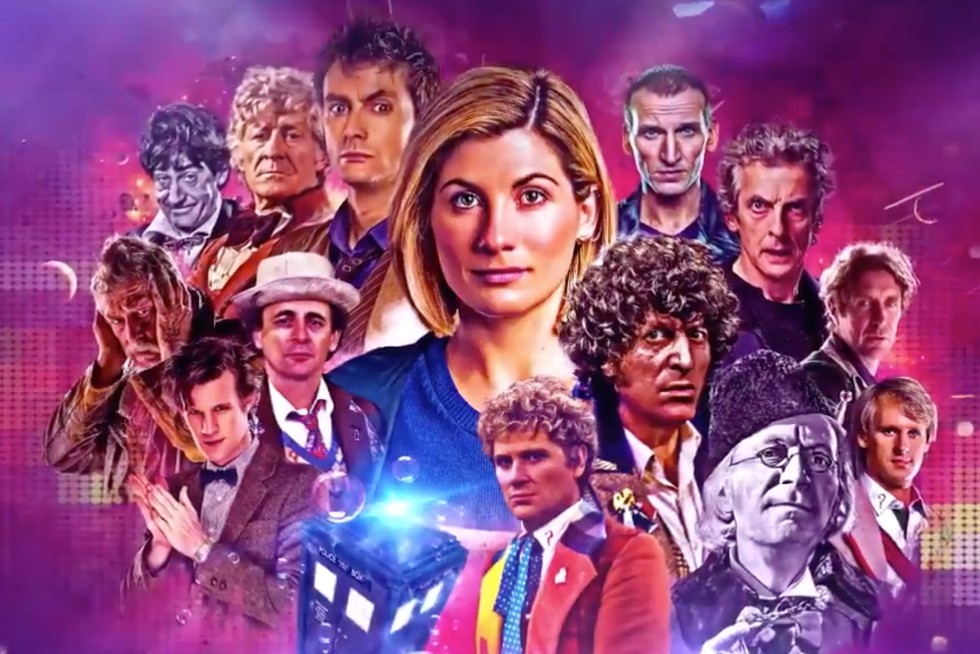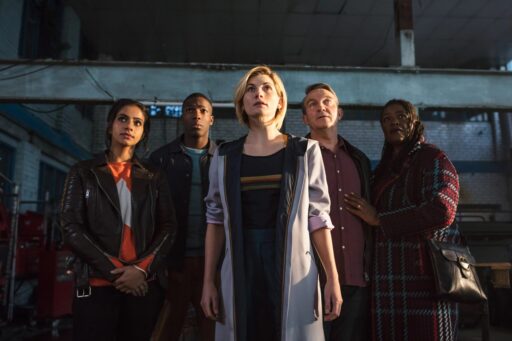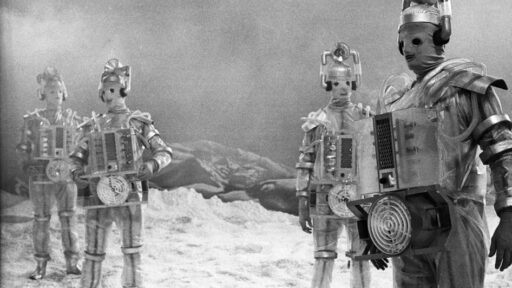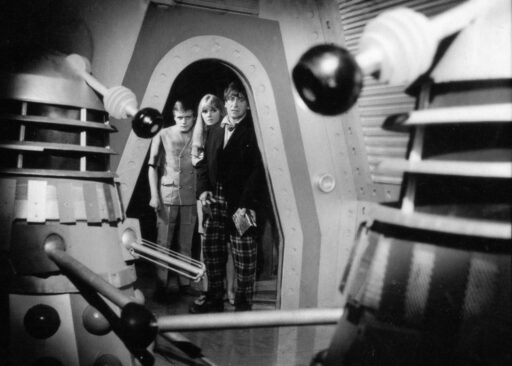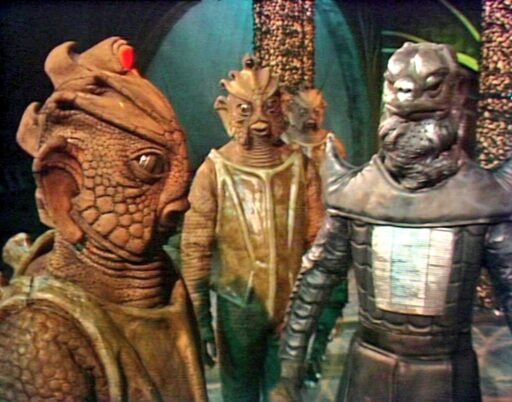Doctor Who famously does not have a canon and its continuity is riddled with contradictions and inconsistencies. This creates a lot of consternation, in part because traditional fandoms tend to spend a lot of time cataloguing and categorizing things and it’s a lot harder to do that when there is no objective truth. Beyond that though it also challenges what a modern audience expects from a tv show which is primarily a beginning, middle and end with a both character and story arcs that fit into this structure.
Doctor Who, though, comes from a different era of tv, one where each story was expected to largely stand on its own, one where there was no access to older episodes so detailed knowledge of what came before was an unreasonable expectation. Doctor Who is a show that is all middle. It’s beginning is not the origin of the character and given its structure it should have no end.
The invention of regeneration has given Who the ability to create character arcs to some degree as you can have mini-climaxes to stories, but attempting to create or impose a consistent through line across 60 years of TV stories, comic books, audio stories and books, well… that way madness lies! And yet people try.
Beyond the challenge of cataloging the inconsistent, there’s another problem with applying normal story structures to Doctor Who. No one character can sustain that amount of storytelling and remain believable. The sheer number of people encountered, tragedies survived, deaths experienced makes any sort of credible character absurd. They would be completely non-functional. It’s one of those things that works while your zoomed out, but on closer inspection just falls apart. You can hack together an explanation about how regeneration affects memories etc. but in doing that you undermine that larger character arc you were trying to create.
There is however a completely different lens which we can view Doctor Who stories through. It’s not a modern approach to story telling, instead it’s an ancient one.
The Trickster Archetype
Tricksters are part of the many different folklores, religious and storytelling traditions. Whether it’s Anansi, Loki, Kitsune or Coyote, you can find them throughout history. And while there’s a lot of variation, certain elements are common.

In mythology and the study of folklore and religion, a trickster is a character in a story (god, goddess, spirit, human or anthropomorphisation) who exhibits a great degree of intellect or secret knowledge and uses it to play tricks or otherwise disobey normal rules and defy conventional behavior
Wikipedia
Sound familiar? Of course it does, because the Doctor is a Trickster. Their main weapon is intelligence, they leave chaos behind them whenever they depart, usually having overthrown or destabilized the local power structure during their visit.
This isn’t even a later addition to Doctor Who like many details are, right from the beginning we have William Hartnell’s impish expressions and laughter as he meddles and outwits his opponents. In his first episode he kidnaps two humans, in his second story he overthrows an evil alien race, but he only stumbles into it to answer his own burning curiosity.
The Many Faces and Facets of the Trickster
There are many examples of trickster like characters in modern movies and stories, but the examples I gave before are not humans, they are eternal beings of a sort. Ones who change their faces. Ones who have many stories told about them. Stories that do not all line up neatly next to each other.

This is a framework that can be easily applied to Doctor Who. Instead of desperately trying to cram the whole into a tiny little jar just so we can put a label on it and put it on a shelf, set it free and let each thing go where it wants.
There are hundreds (or more) stories about Thor and Loki and there are dozens of different versions of Thor and Loki because the myth is larger than the individual stories. Doctor Who has the potential to reach the same level if we stop trying to artificially limit it.
Certain elements will always come through (TimeLord, TARDIS etc.) but the details will fluctuate and with that comes fresh new ideas rather than a format and character that gets ever more limited by what has come before. The strong ideas get reused and enhanced, the weak ones fade away.
In truth there has never been a consistent Whoniverse because world building has never been a priority for the show, and one of the reasons it’s been difficult to create successful spinoffs for the show is that outside of the Doctor and the TARDIS there are so few consistently recognizable elements.
But, But… Continuity!
Now, before everyone panics this does not mean that chaos is unleashed and nothing matters any more. Weighted continuity handles this sort of thing perfectly.
- Within the confines of a specific story continuity as absolute. It should have a beginning, a middle and an end and there would be clear character arcs
- Across a season (whether that’s 4 episodes or 26) most continuity still largely applies but most of the individual story details are ignored in favor of the through line of the season
- Each season offers the chance of a minor reset and re-focusing
- Regeneration brings us back to basics and only the most firmly established elements of continuity may survive
This allows for meaningful stories to be told without requiring an explanation for how it fits in with every single other tale that has ever been told about the ancient, possibly immortal, trickster.
Wait, Isn’t That What the Show Already Does?
Yes.
That’s the point, I’m not asking for the show to be different, I’m asking the fans to look at it through a different lens. One that fits the show better than trying to force the entirety of Doctor Who into a narrow modern story structure. Doctor Who isn’t a Sci-Fi show, Doctor Who is a mythology.
Set the show free. Set yourself free.
Discover more from Veristopia
Subscribe to get the latest posts sent to your email.


